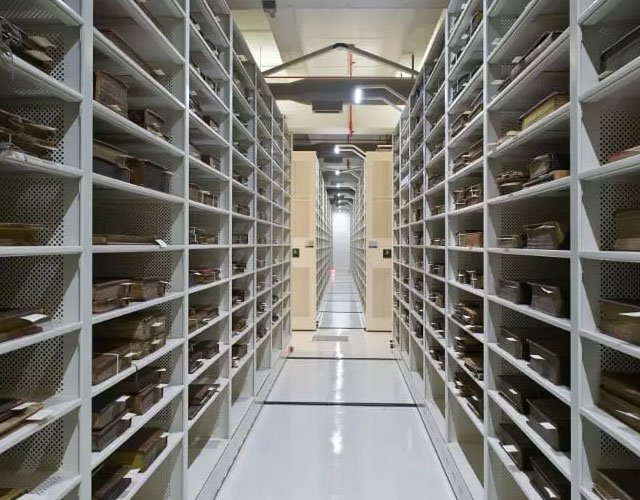
Archive storage is the storage of data that may not be needed but is retained for possible future use or record-keeping purposes. Archive storage is usually provided using the same system as backup storage. Often, the archive and backup storage can be retrieved using a recovery process. Archive storage services are well suited to storing data that is rarely accessed but requires a longer retention period. Archive storage is more cost-effective than object storage in terms of preserving cold data. Unlike object storage, archive storage data retrieval is not instantaneous.
Use of Archive Storage
- Interact with data stored in the archive store using the same resources and management interface as data stored in the object-store.
- Archive Storage also supports all Object Storage features, using the following Object Storage resources to store and manage Archive Storage data.
- By utilising Archive Storage, organisations can utilise secondary resources while still maintaining data protection.
- Utilising archive storage sources reduces the primary storage costs required and allows organisations to maintain data that may be required for regulatory or other requirements.
Why is archival storage needed?
Some data archiving allows data to be read-only to protect it from modification, while other data archiving products treat data as allowing users to make changes to it.
The benefit of data archiving is that it reduces the cost of primary storage:
- Data archiving comes in many different forms, the option can be an online data store which places the archived data on an easily accessible disk system.
- Archiving systems use offline data storage, where archived data is written to tape or other removable media using data archiving software, rather than remaining online. Data archiving on tape consumes less power than a disk system, thereby reducing costs.
- The data archiving process is often automated using software that will automatically move ‘cold’ data through a policy set by the administrator.
